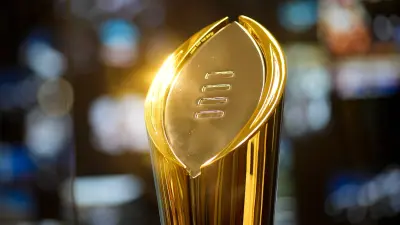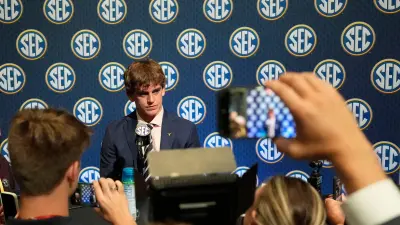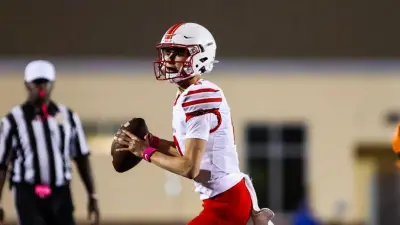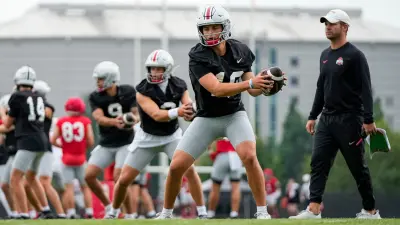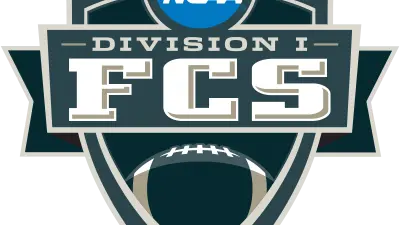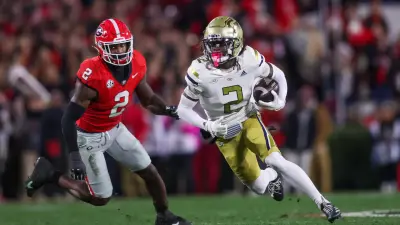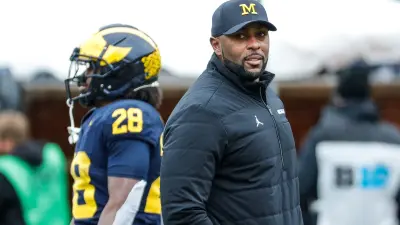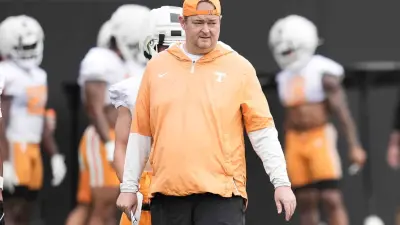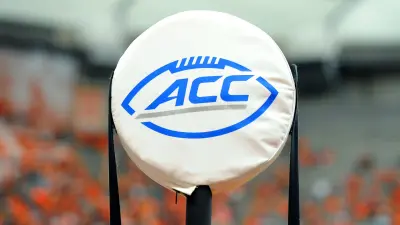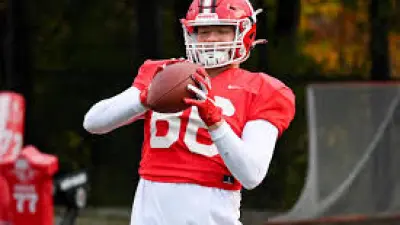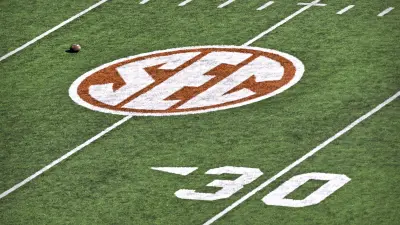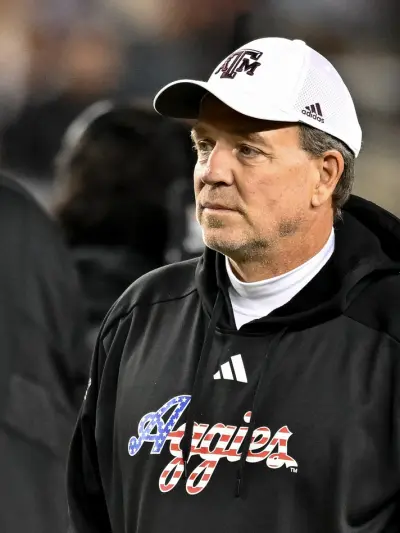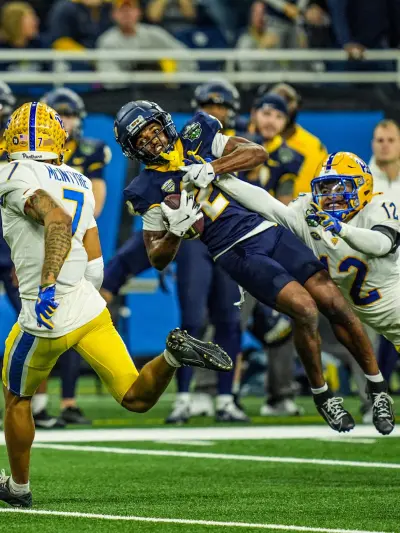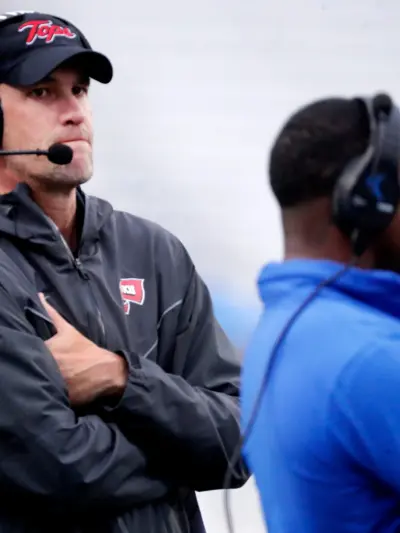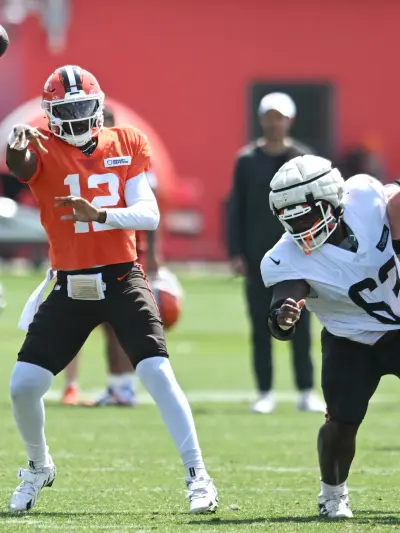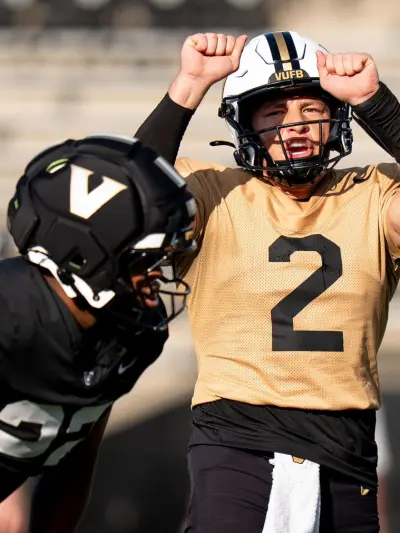By Brett Daniels
On July 1 when the House v. NCAA settlement goes into effect institutions will be able to pay players directly in a revenue sharing model that affects all NCAA sports. Additionally, Name, Image, and Likeness (NIL) deals will be under review of an NCAA clearinghouse who will approve or disapprove these deals under the new agreement.
Changes are also potentially on the horizon for the College Football Playoff with a proposal that would take effect in 2026 expanding the field from 12 to 16 teams and including automatic bids for the SEC (4), Big Ten (4), ACC (2), Big 12 (2) and Group of 5 (1). The remaining three teams would be “wild card” bids that could come from any conference.
All these changes will radically alter the landscape of college football and begs the question: What is the future of one of the most wildly popular sports in the US?
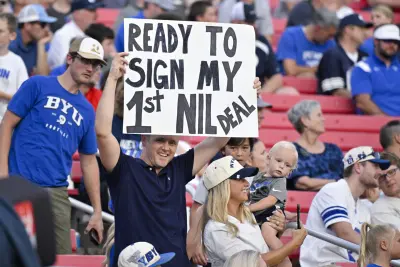
© Jerome Miron-Imagn Images
The House Settlement and NIL
In 1984 the athletic associations of the University of Oklahoma and University of Georgia sued the NCAA for control of their television and media rights. The Supreme Court ruled in favor of the universities, and it evolved into what we have today with college football generating a whopping $1.3 billion dollars in revenue during the 2022-2023 fiscal year.
Prior to the House v. NCAA ruling the players received no compensation directly from the institutions. In April 2024 the players did, however, receive approval to receive compensation based on their NIL and college football became the Wild West. What was intended as a way for student-athletes to capitalize on their relative fame by doing an appearance at the local car dealership or endorsing the local credit union quickly evolved into “pay for play” with high school athletes receiving ridiculous sums of money before they every played a snap of college football.
More Sports News
This, coupled with the transfer portal and immediate eligibility, essentially created an environment where it was mass free agency every year. Coaches were not only having to recruit new players to the roster, they also must re-recruit their current players along with fund raising to remain competitive in the NIL space.
The fight over the future of college football’s postseason is growing messy.
Discord lingers over a proposed 16-team CFP granting Big Ten & SEC twice as many AQs (4) as Big 12 & ACC (2).
Inside the brewing discontent, political pressure & public backlash https://t.co/KaHSM7JjKR
— Ross Dellenger (@RossDellenger) May 14, 2025
The House settlement will establish a loose “salary cap” for each team and allow institutions to directly pay players as part of a revenue sharing agreement. NIL agreements will be reviewed by an NCAA clearinghouse and either approved or disapproved based on the scope and terms of the deal. For a deal to be approved it must satisfy the requirements of using NIL for a legitimate business promoting goods and services at fair market value and cannot include any quid pro quo tied to athlete performance.
According to Ross Dellenger of Yahoo Sports, 70 percent of past deals from booster collectives would have been denied while 90 percent of deals from public companies would have been approved. Creative boosters—and in some cases the schools themselves—will find loopholes around the new rules to funnel money to recruits. The stories of “bag men” in the SEC are legendary along with instances of houses and cars being purchased for family members of prospective athletes.
This change does reign in the Wild West nature of “pay for play” and will make coaches and general managers more strategic in who they sign and how much they agree to pay them.

© Scott Wachter-USA TODAY Sports
The Expanded College Football Playoff Field
The recent proposal by the Big Ten and SEC to expand the CFP field from 12 to 16 teams and include automatic bids from each conference appears to be gaining support.
Under the proposal the Big Ten and SEC would receive four automatic bids while the ACC and Big 12 would receive two each. A Group of 5 representative, along with three wild card teams, would fill out the bracket. The new format would also create play-in games in the SEC and Big Ten where the third-place team would play the sixth-place team, and the fourth-place team would play the fifth-place team for two of the B1G’s automatic bids. The increasing influence of the Big Ten and SEC over the format and revenue of the CFP foreshadows a time soon when those two conferences, along with a select few teams from the ACC and Big 12, break off and form a super conference.
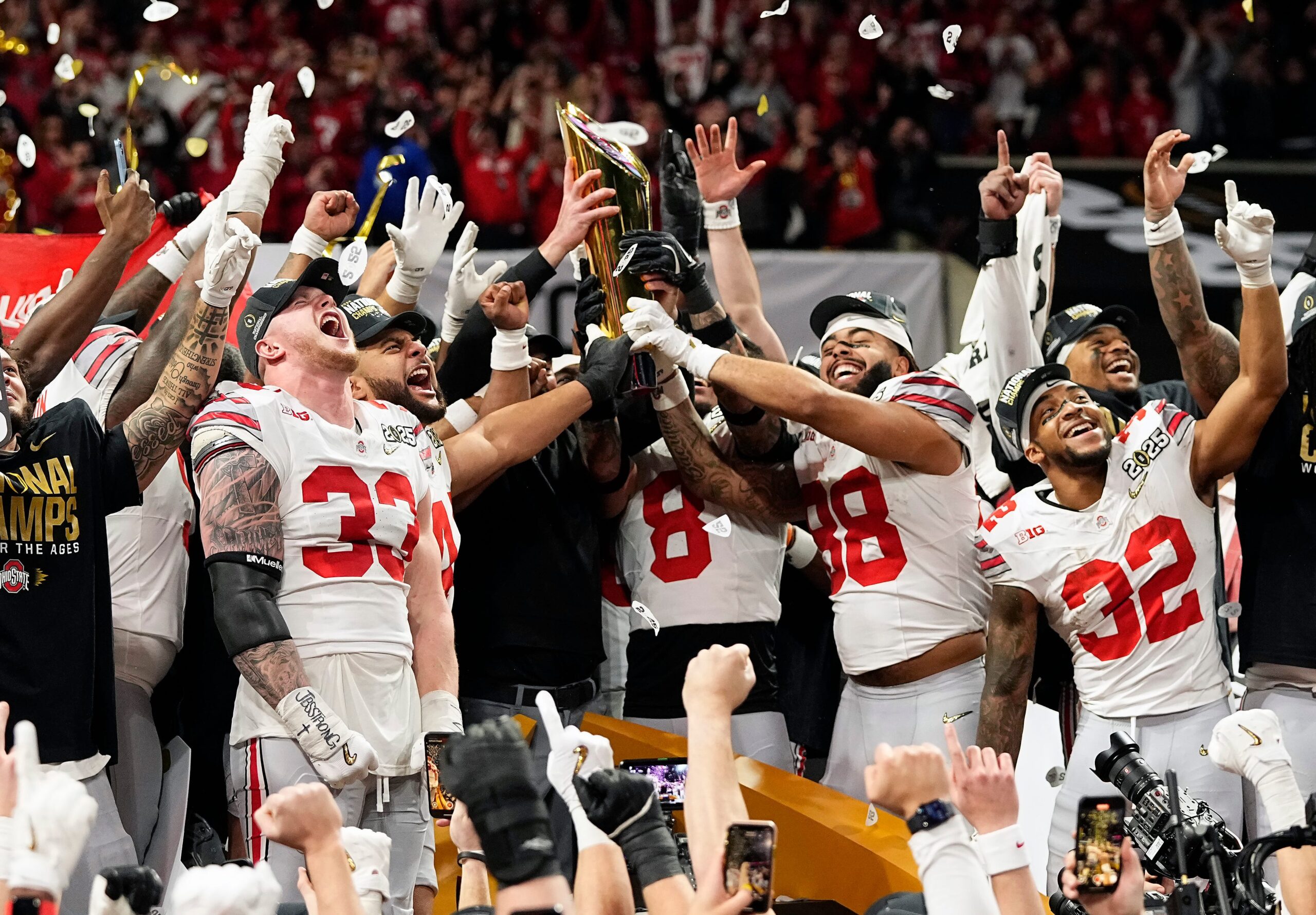
© Adam Cairns/Columbus Dispatch/USA TODAY NETWORK via Imagn Images
The Future of College Football
The divide between the haves and have nots of the sport will continue to grow as not every school is financially sound enough to comply with the $20.5 million revenue sharing figure set forth in the House v. NCAA agreement.
St. Francis University has already announced that it would be dropping from Division I to Division III athletics citing factors as economics, the portal and governance of DI sports moving forward. They are the first of what surely will be a growing number of schools that don’t want to or are not financially able to engage in professional or semi-professional sports.
The institutions that continue to participate in DI athletics will most likely move to a professional sports model, hiring general managers and structuring the athletic department like a pro franchise. The University of Kentucky recently converted its athletic department to an LLC to find new revenue sources to pay athletes. By creating a limited holding company, Big Blue LLC can engage in partnerships with other entities and invest in real estate, and other growth opportunities independent of the university. This is a model that other athletic associations are expected to follow in future years.
